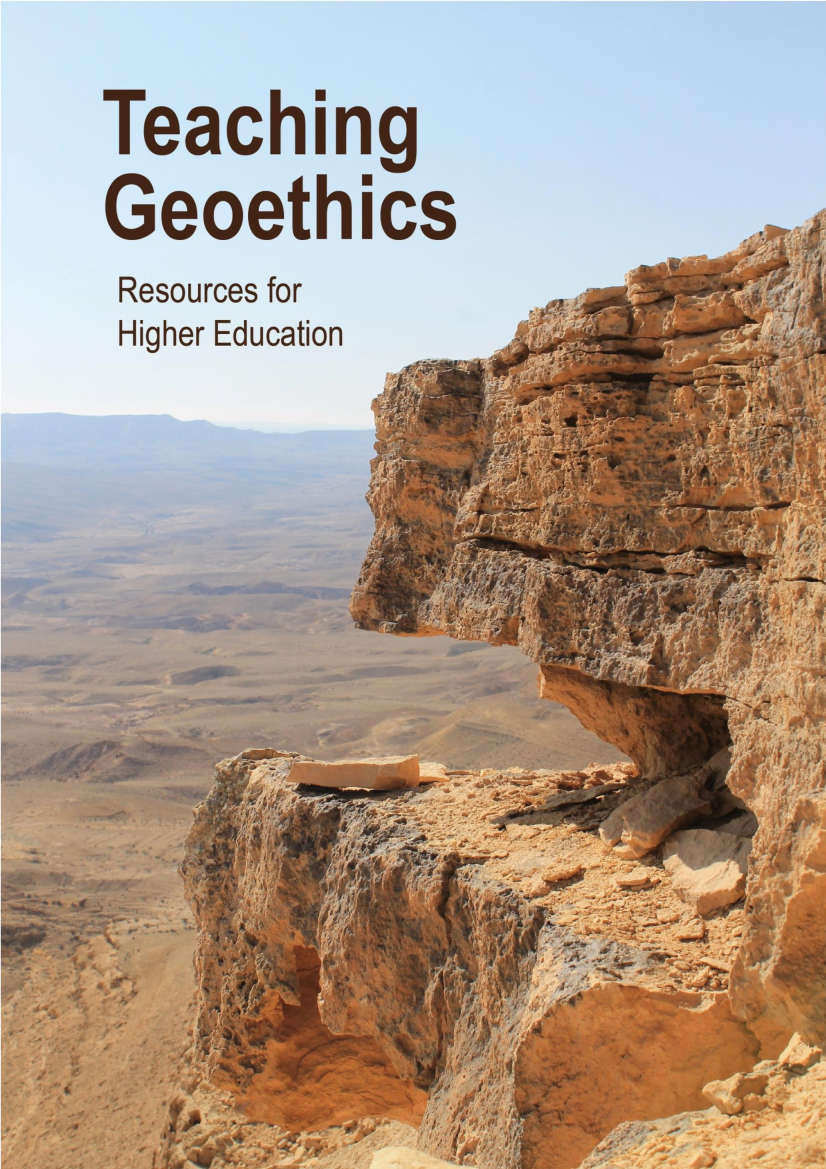Conservation palaeobiology.
Over the course of today's videos we'll be covering what conservation palaeobiology is, what fossils can add our understanding of ecosystems today, and then learn about the insights they can provide when ecosystems are stressed.
Introductory video
Summary
As before, building on your feedback, we'll have four videos, then some content for zoom! These are:
- What is conservation palaeobiology? – Section 7.1.
- A deep time perspective – Section 7.2.
- Environmental stressors – Section 7.3.
- Multiple environmental stressors – Section 7.4.
- Zoom - geoheritage!
Contrary to what I said in the video – which I recorded before our zoom on the 16th – based on the running time of that zoom session, I'm going to stick to Geoheritage for the zoom session associated with this lecture material. This should allow me to deal with both questions, and the geoheritage material within an hour!
